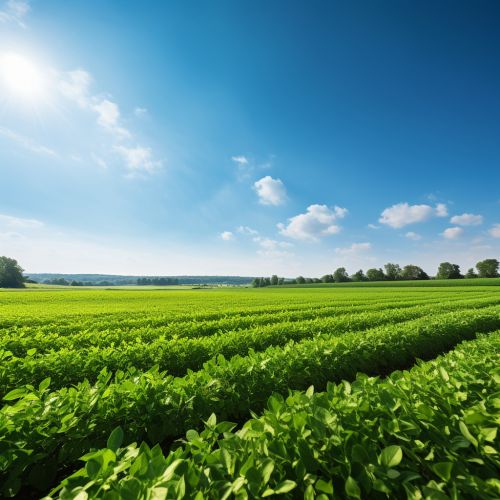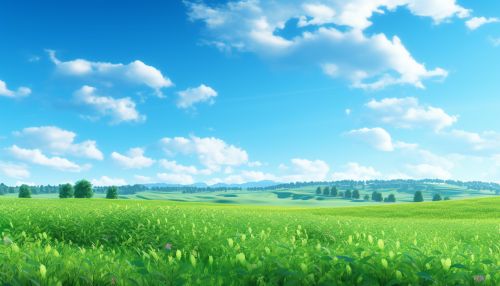Drought Tolerant Crops
Introduction
Drought is a significant environmental stressor that can severely impact agricultural productivity. To mitigate the effects of drought, scientists and farmers have turned to the development and cultivation of drought-tolerant crops. These are plant species that have been genetically modified or selectively bred to withstand periods of water scarcity.


Understanding Drought Tolerance
Drought tolerance refers to a plant's ability to withstand water-deficit conditions. This trait is complex and involves a range of physiological and biochemical responses. Drought-tolerant crops have mechanisms that allow them to conserve water, maintain tissue turgidity, and continue photosynthesis even under water-stressed conditions. These mechanisms can be broadly classified into three categories: drought avoidance, drought tolerance, and drought recovery.
Drought Avoidance
Drought avoidance is a strategy where the plant minimizes water loss and maximizes water uptake. This can be achieved through various adaptations such as deep root systems, reduced leaf area, and stomatal closure. For example, the sorghum plant, native to arid regions of Africa, has an extensive root system that allows it to access deep water reserves.
Drought Tolerance
Drought tolerance refers to the plant's ability to maintain function and growth under water-deficit conditions. This is achieved through osmotic adjustment, where the plant accumulates solutes in its cells to maintain cell turgidity. An example of a drought-tolerant crop is the common bean, which can continue photosynthesis and growth even under severe drought.
Drought Recovery
Drought recovery is the ability of a plant to recover and resume growth after a period of water deficit. This is a crucial trait for perennial crops, which must survive multiple seasons. An example of a crop with good drought recovery is the maize plant.
Breeding and Genetic Modification for Drought Tolerance
Breeding and genetic modification are two main strategies used to develop drought-tolerant crops.
Traditional Breeding
Traditional breeding involves the selection of plants with desirable traits, such as drought tolerance, and cross-breeding them to produce offspring with the desired characteristics. This method has been used for centuries and has led to the development of many drought-tolerant crop varieties.
Genetic Modification
Genetic modification involves the insertion of genes into a plant's DNA to confer desirable traits. In the case of drought tolerance, genes that regulate water conservation and stress response are often targeted. For example, the DREB1A gene, which regulates drought response in Arabidopsis thaliana, has been inserted into rice to create a drought-tolerant variety.
Examples of Drought-Tolerant Crops
There are several examples of drought-tolerant crops, including both traditionally bred and genetically modified varieties.
Sorghum
Sorghum is a traditional drought-tolerant crop native to Africa. It has a deep root system that allows it to access water reserves deep in the soil.
Common Bean
The common bean is a drought-tolerant crop that can maintain photosynthesis and growth under severe drought conditions. This is achieved through osmotic adjustment, where the plant accumulates solutes in its cells to maintain cell turgidity.
Maize
Maize is a crop with good drought recovery. It can recover and resume growth after a period of water deficit, making it a crucial crop for areas with seasonal drought.
Drought-Tolerant Rice
Drought-tolerant rice is a genetically modified variety that contains the DREB1A gene. This gene regulates drought response, allowing the rice plant to conserve water and maintain growth under drought conditions.
Challenges and Future Directions
While the development of drought-tolerant crops has made significant strides, there are still challenges to be addressed. These include the complex nature of drought tolerance, the potential environmental impacts of genetically modified crops, and the need for further research and development.
Despite these challenges, the future of drought-tolerant crops is promising. With advances in genetic technology and a growing understanding of plant physiology, it is likely that more effective and sustainable drought-tolerant crops will be developed in the future.
